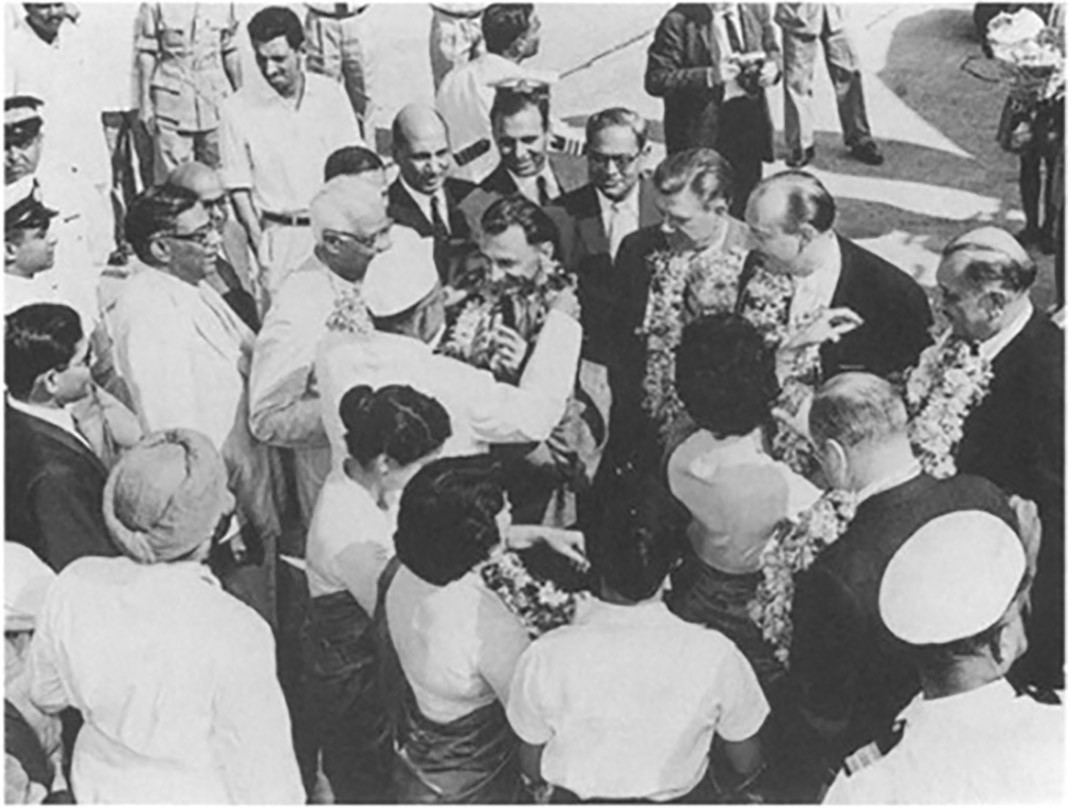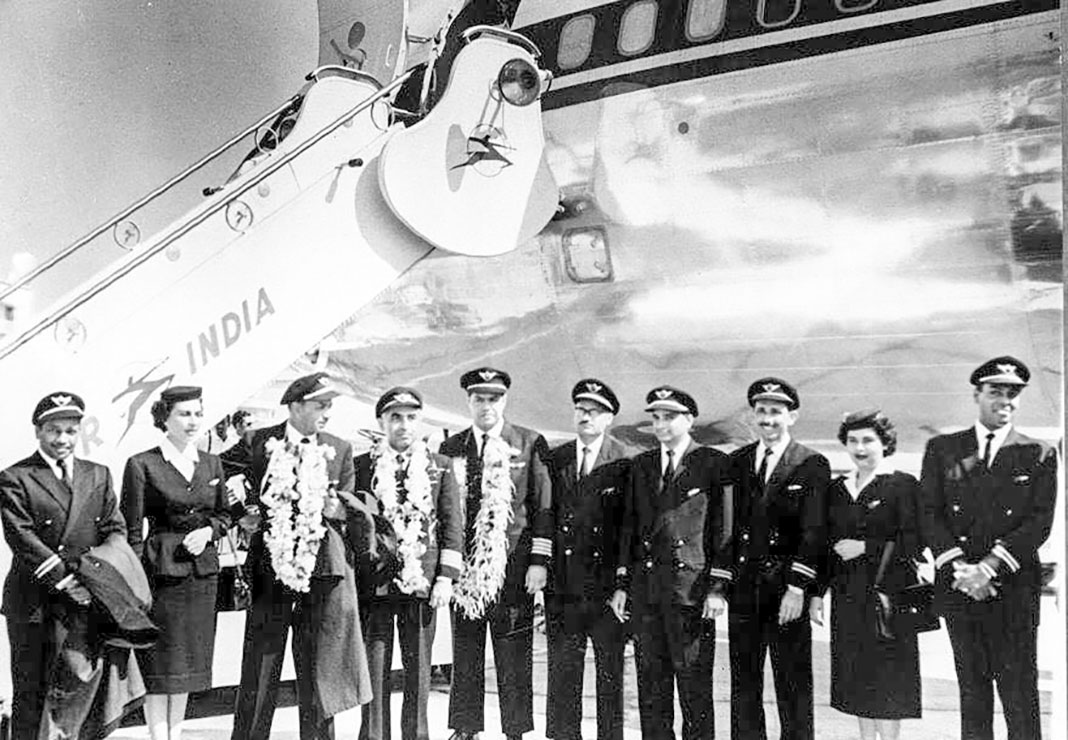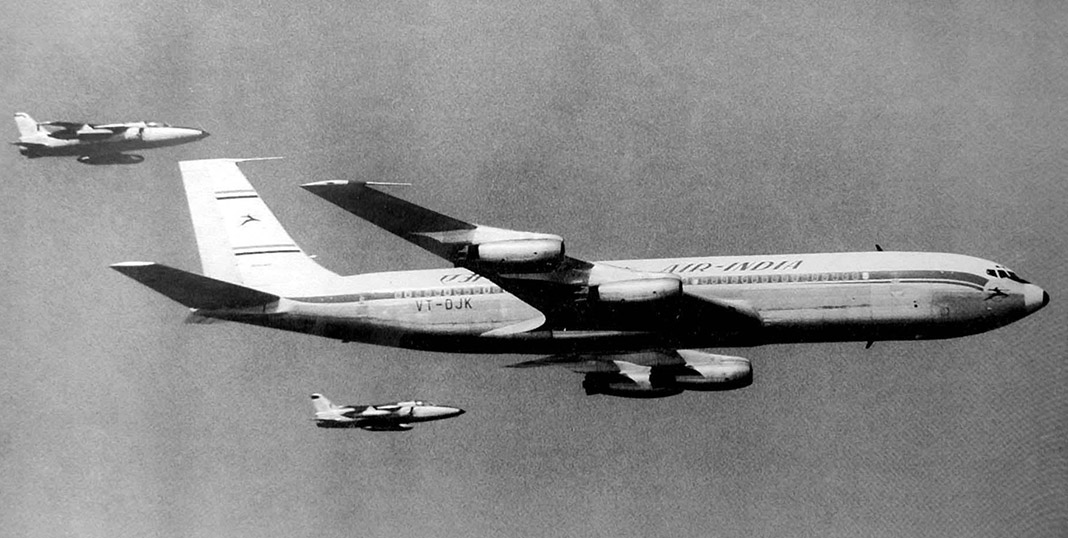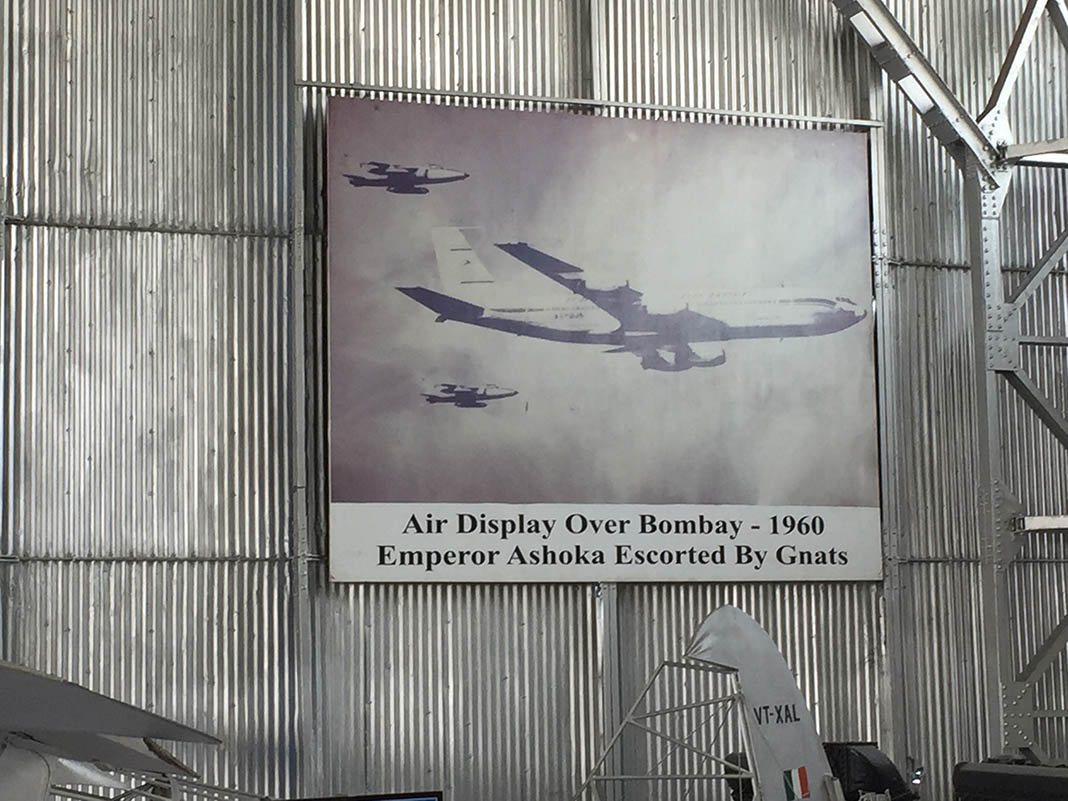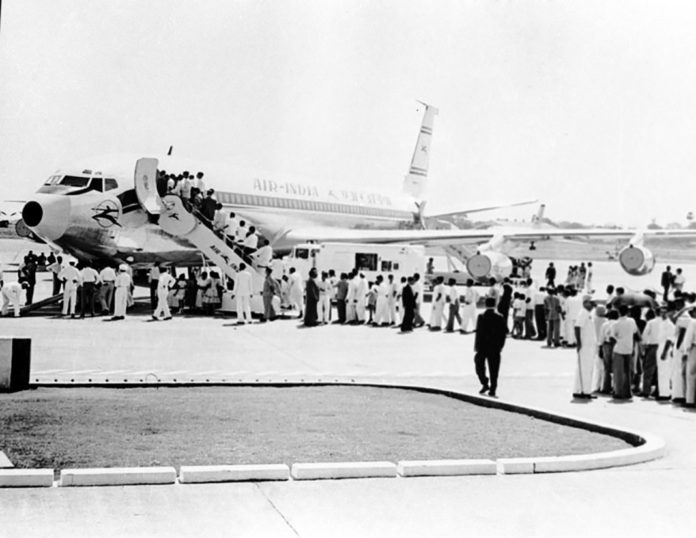
Since the invention of the wheel, perhaps no other invention has revolutionized mass transportation as much as the jet engine. It is also one of mankind’s greatest engineering achievements. The start of the Jet Age was a paradigm shift in human history, and for most civilians, it arrived in our country sixty years ago this month – on 21st February 1960.
India’s national carrier, Air India ushered in the Jet Age in India when its first jet aircraft, a Boeing 707-400 was delivered on that date, from the Boeing factory in Seattle in the United States, via New York & then London, to Santa Cruz airport in Bombay.
The airplane later christened “Annapurna” and registered VT-DJJ began its journey under the command of Boeing’s chief test pilot for the Boeing 707 aircraft, Tex Johnston. As an aviator, Johnston was already a legend. In 1955 he had managed to perform a barrel-roll while flying the Boeing 707 prototype, a feat so amazing that it remains an indelible part of aviation history. On the morning of 20th February 1960, Tex Johnston, Air India chief pilot Adi Gazdar, along with Boeing flight instructor Bob Mattison and flight engineer instructor Dick Smith took off in India’s first jet aircraft from Seattle and made the long flight to London, after a brief halt at New York. At London, the crew was joined by Chairman of Air India and India’s first pilot, JRD Tata, as well as other dignitaries and guests. On departure from London, JRD Tata took control of the Boeing 707 as it made its way to Bombay. The next day (21st February), the airplane touched down at Santa Cruz airport. The jet age had truly arrived in India. The airplane with 4 jet engines had travelled five thousand miles, non-stop from London to Bombay in around 8 hours. As Mr Tata later remarked, he had flown the same course in reverse – from Bombay to London, thirty years earlier, but that had taken him 8 days!
JRD Tata, Arthur Godfrey, Tex Johnston, and Adi Gazdar are garlanded by government officials after delivering the first 707 jetliner at Santa Cruz airport; 21st February 1960 The first Air India crew to fly India’s first commercial jet plane The third Boeing 707 delivered to Air India, christened “Everest” and registered VT-DJK, escorted by Folland Gnat fighters of the Indian Air Force comes into to land at Santa Cruz airport; 25th March 1960 The great folly – The Indian Air Force museum gets its information wrong
India’s first jet aircraft landed at Santa Cruz and was received with much fanfare. The then Governor of Bombay, Sri Prakasa, officiated the ceremony. In keeping with the Indian tradition, a coconut was broken in front of the nose-gear of the airplane, for good luck. JRD Tata, Tex Johnston, and the rest of the crew were welcomed as heroes, with garlands of marigold flowers.
Commencing a new convention of naming its Boeing 707 jet airplanes after mountain peaks, the aircraft to bring jet travel to India was soon christened “Annapurna” by Air India. “Annapurna”, however, had an unfortunate future. A few years after becoming the first jet aircraft in India, a fire aboard the airplane while on the ground caused substantial damage to it. It was repaired over a course of 16 weeks, and renamed “Gauri Shankar”, perhaps to bring it better luck. At that time, the second Boeing 707 aircraft delivered and originally named “Gauri Shankar” and registered VT-DJI, was re-christened as “Nandadevi”. Even more unfortunate was its final fate. Years later, in the early hours of 22nd June 1982 “Gauri Shankar” was coming into land at Santa Cruz airport when it was hit by a tremendous rain-squall. As it crashed on landing, it claimed the lives of 17 passengers & cabin crew. India had lost its first jet airplane.
As the jet age gained momentum in India, skilled pilots were needed to fly these majestic airplanes. To meet this requirement, in the mid-1960s Air India requested the Indian Air Force to deputize some of its most skilled and experienced pilots of large military aircraft, to fly the Boeing 707 jets. One of these aviators was my father. As a decorated veteran of two wars who flew the Soviet-built Antonov An-12 aircraft with 44 Squadron in the Indian Air Force, he and many of his brothers-in-arms transitioned from being military aviators to civilian airline pilots. Close to a decade and a half later, as a four-month-old infant, I had the privilege of embarking on my first flight aboard one of the early Air India Boeing 707 jetliners, once flown by my father.
The Boeing 707 jet aircraft revolutionized air travel around the world, and India was no exception. In total Air India operated 11 Boeing 707s, including the -300 and the -400 variants, as well as two “Combi” aircraft, (that could carry both passengers as well as cargo). Interestingly, even after more than half a century later, two of these (the two “Combis”, once named “Kamet” & “Trishul” while with Air India) still remain in service with the Indian Air Force.
In the early days of the jet age, the skies over Bombay were treated to a spectacle like never before. On 25th March 1960, the third Boeing 707 delivered to Air India (later christened “Everest”) and registered VT-DJK, was escorted to Santa Cruz airport by Folland Gnat fighters of the Indian Air Force.
As an aviation archaeologist of sorts searching for a preserved Antonov An-12 airplane he flew in the wars, I had the opportunity in 2017, to visit the Indian Air Force Museum in Palam, Delhi. On its wall hung an enormous photograph of the event. Regrettably, the caption of the photo was incorrect. It mentioned the name of the aircraft as “Ashoka”, which was a Boeing 747 rather than a 707, and which was not delivered until 11 years later! Sadly, as I realized, if the Indian Air Force museum had gotten their information so wrong, such history stood very little chance of being accurately preserved.
As almost all of us fly in jet airplanes today, this ‘journey’ for India started 60 years ago. Thanks to stalwarts of Indian aviation like JRD Tata & Adi Gazder, and giants like Tex Johnston, India stepped into the jet age. We all ought to remember this momentous event in our shared history, on its 60th anniversary.




















